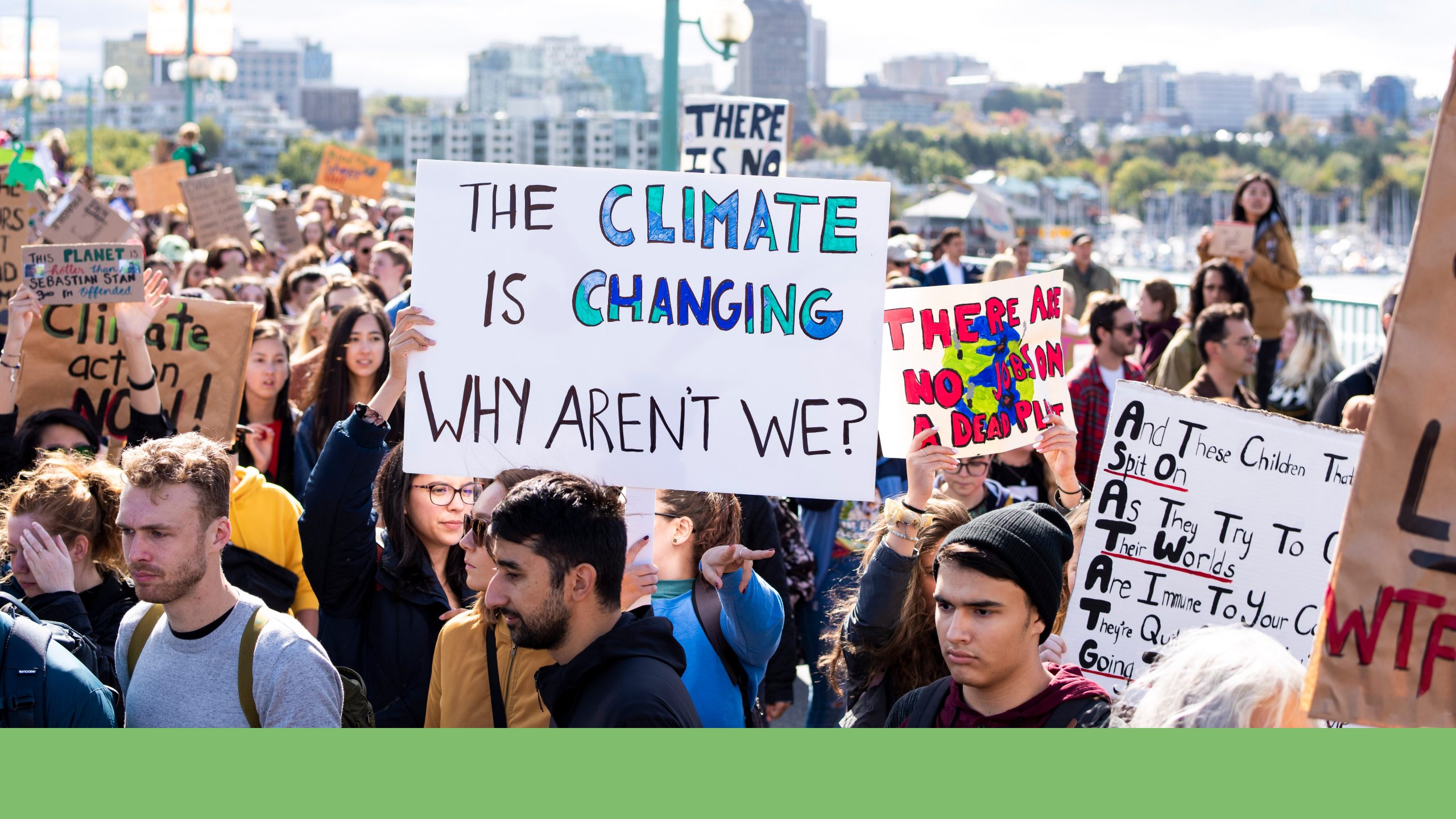3. Climate
Our Vision: Vancouver produces zero greenhouse gas emissions, while improving our resilience to the changing climate, capturing carbon and promoting sustainable consumption.

Our planet is warming and its climate is changing. Vancouver is already experiencing increasing air pollution from forest fires, deadlier heat waves, and destructive flooding. Burning natural gas in buildings, gasoline and diesel in vehicles, traditional building materials, manufacturing and food production practices all produce greenhouse gases (GHGs) that contribute to this crisis.
Directions and Policies

Direction 3.1: Eliminate Carbon Pollution
Advance and accelerate actions to eliminate carbon pollution.
Vancouver’s physical layout and urban design affects how individuals can take action on climate change. Complete neighbourhoods that provide safe and convenient opportunities to walk, bike and take transit for daily needs reduce vehicle dependence and lower fossil fuel consumption. Advancing zero-emission buildings and low carbon building construction also play a key role in reducing carbon pollution.
Policies
| 3.1.1 | Advance the goals and actions of the Climate Emergency Action Plan beyond 2030, specifically Big Move #1 – Complete Communities and Big Move #2 – Active Transportation (See Part 4 Land Use Strategy and Part 5 Transportation for additional details). |
| 3.1.2 | Advance area planning to enable and encourage low carbon footprints for residents through denser housing forms. Balance this with consideration for low carbon construction materials, like sustainably sourced wood framing or mass timber. |

Direction 3.2: Encourage Zero-Waste
Advance zero-waste practices that support sustainable consumption.
Neighbourhoods that offer opportunities to share, repair, reuse, and recycle goods and resources can connect people through zero waste initiatives, inspiring greater community involvement, partnerships, innovation and sharing of materials. Land use decisions can support the goals of the Zero Waste 2040 Strategy and Climate Emergency Action Plan, and shift to a culture of sustainable consumption.
Policies
| 3.2.1 | Promote flexible building use/reuse and reduce the need for demolition. |
| 3.2.2 | Identify space on both public and private property to enable a system of neighbourhood and city-scale materials management to support a circular economy, zero waste initiatives and local job production. |
Direction 3.3: Climate Change Adaptation
Accelerate actions to build climate resilience.
Actions must be taken now to adapt to changes Vancouver and the region are already experiencing – including drought, flooding, sea level rise, extreme heat events and poor air quality from wildfires. It is important to note that climate change will continue to disproportionally impact equity-denied groups, until adequate planning and investment improve the current situation.
Policies
| 3.3.1 | Advance natural climate solutions that buffer impacts of climate change, sequester carbon (capture, secure and store carbon from the atmosphere) and improve biodiversity. |
| 3.3.2 | Collaborate with xʷməθkʷəy̓əm (Musqueam), Sḵwx̱wú7mesh (Squamish) and səlilwətaɬ (Tsleil-Waututh) Nations to explore innovative ways to mitigate and adapt to a changing climate. |
| 3.3.3 | Focus on people and communities disproportionately impacted by climate change and environmental degradation in area-based planning to understand cascading impacts and improve conditions. |
| 3.3.4 | Consider public health impacts of a changing climate in the development and renewal of the built environment; new development should respond to, and help mitigate air pollution, extreme heat, and flooding, particularly in areas with higher hazard risk. |
By 2050 sea levels near Vancouver are expected to rise by 0.5 metres. In the fall of 2021, severe flooding impacted almost every city in Metro Vancouver.
The Sea2City Design Challenge will create a framework and vision to guide urban development and ecological revitalization in the False Creek floodplain, a highly valued and constrained urban waterway in the heart of the city. The Nations have contributed significant time and expertise to bring an Indigenous perspective to this work.

